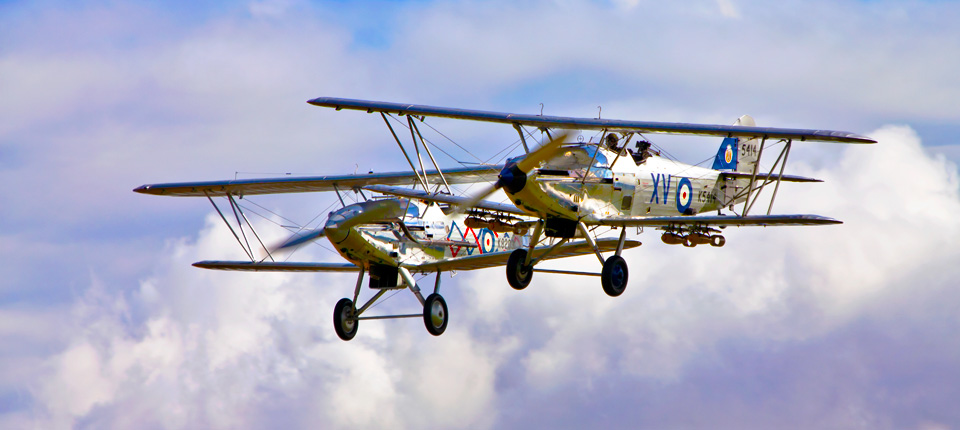

Though the airspace surrounding the world’s larger airports has long been very crowded, an increase of daily flights between Europe, North America and Asia in the early 1970s was a warning sign that airway traffic would one day bulge at the seams. It was the foresight of these unavoidable bottlenecks that bore the concept that was later dubbed Reduced Vertical Separation Minimum (RVSM).
Reduced Vertical Separation Minima or Minimum (RVSM) is a term used to describe the reduction of the standard vertical separation required between aircraft flying above FL285 (28,500 ft.) and up to FL410 (41,000 ft.) from 2,000 feet to 1,000 feet (or between 8,900 metres and 12,500 metres from 600 metres to 300 metres). RVSM increases the number of aircraft that can safely fly in a particular volume of airspace.
Historically, standard vertical separation was 1,000 feet from the surface to FL290, 2,000 feet from FL290 to FL410 and 4,000 feet above this. This was because the accuracy of the pressure altimeter (used to determine altitude) decreases with height. Over time, Air data computers (ADCs) combined with altimeters have become more accurate and autopilots more adept at maintaining a set level, therefore it became apparent that for many modern aircraft, the 2,000 feet separation was too cautious.
In 1978, the International Civil Aviation Organization (ICAO) initiated studies to investigate the feasibility of reducing the vertical spacing between aircraft to increase the number of aircraft that could utilize a given airspace while maintaining an acceptable measure of safety. The detailed plan called for the reduction of the vertical space between aircraft from 2,000 feet to 1,000 feet at flight levels above 29,000 feet, adding six more flight levels. Completed in 1988, these studies proved the goal of RVSM was attainable and RVSM was capable of offering increased traffic density, preferred routing and fuel economy. Above all, it offered all these advantages with the highest levels of safety. Implementation of RVSM was initiated with an evaluation phase in the North Atlantic in 1997.
This evaluation phase was followed with full implementation in this region in October 1998. Since then, many other regions around the world have incorporated RVSM as well. The FAA, Eurocontrol, Nav Canada and other regional agencies supported ICAO in its efforts and have since initiated their own vertical separation programs.
The FAA published its final ruling on the RVSM mandate requiring all aircraft and flight crews operating in DRVSM airspace to be RVSM compliant as of January 20, 2005. Only aircraft with specially certified altimeters and autopilots may fly in RVSM airspace, otherwise the aircraft must fly lower or higher than the airspace, or seek special exemption from the requirements. Additionally, aircraft operators (airlines or corporate operators) must receive specific approval from the aircraft’s state of registry in order to conduct operations in RVSM airspace. Non RVSM approved aircraft may transit through RVSM airspace provided they are given continuous climb throughout the designated airspace, and 2,000 ft vertical separation is provided at all times between the non-RVSM flight, and all others for the duration of the climb/descent.
RVSM manuals are operator specific for an individual aircraft and must be approved by the FAA or other equivalent international agency. Predictably, government employees are not graded on providing you quick service so manual review and approval generally takes 60 days; however, there is no official deadline. Part 91 RVSM approvals are one of the lower priority FAA tasks and the process can extend to several months depending upon the workload and number of available inspectors. Note: No one, including the operator, the aircraft manufacturer, or any RVSM consultant, can influence the speed of the FAA’s review process.
Commonly, local inspectors have their own RVSM manual proclivities. Consequently, it is important to start early with an initial submittal to understand what will conform to that inspector’s unique requirements. There has been some relief granted for ferry flights leaving the United States where a few entities such as Premier Jet Aviation can obtain rapid RVSM approval. Nevertheless, the RVSM manual needs to be addressed as soon as possible in the aircraft acquisition process. Some RVSM consultants may claim they can guarantee FAA approval within a certain amount of time. We recommend you get this in writing and review it with your FAA inspector before signing any contracts for RVSM services.
